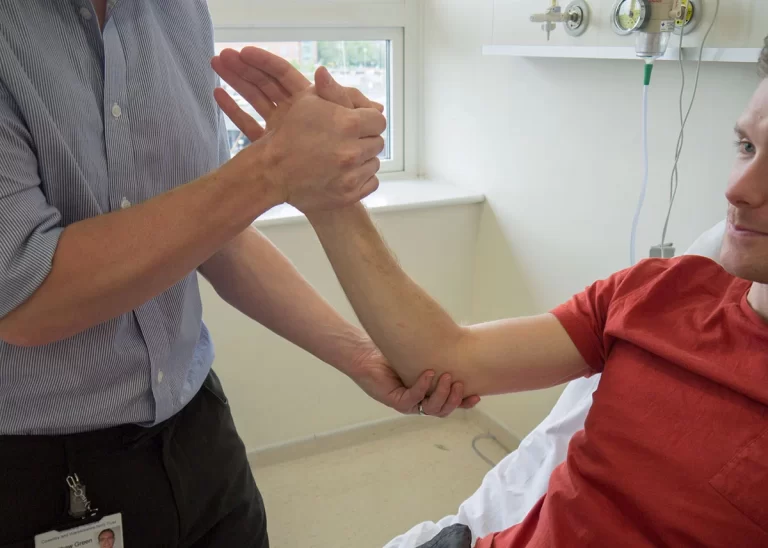Hip Quadrant test
- It is also known as the quadrant scour test.
- This test is a passive test that is used to assess the hip for the source of to patient’s symptoms.
- The examiner is not to be confused between to hip & quadrant test of the lumbar spine.
What is the Purpose of the Hip Quadrant test?
- The purpose of this test is to determine to hip pathology of the hip & a change into ROM.
- This Hip Quadrant test is applied when the patient is complaining about during ROM in flexion &adduction to flexion &abduction.
- This Hip Quadrant test is also capable for detect early hip degeneration.
How to perform the Hip Quadrant test?

- The starting position for the test is supine.
- This patient is positioned on the plinth.
- A therapist is stand on the side of the leg to be tested.
- This affected limb is placed into adduction & applied to compression force.
- This femur is maintained through to through range of 70-140 degrees of hip flexion.
- After that test is repeated in abduction.
- A positive test is a reproduction of to patient’s worst pain.
Interpretation of the Hip Quadrant test?
- This test is considered to be positive if a patient feels any pain.
- This test is also positive if a therapist is feeling any crepitus or if present to leathery end feeling & loss in ROM mean range of motion.
- This test is considered to be negative if the examiner is going from ROM in flexion-adduction to flexion-abduction in like as to arch, a patient is felt too normal ROM & with to normal end-feeling.
- During this test, the patient is also feels stressed/compressed the femoral neck against the acetabulum/pinched many muscles like to adductors longus, pectineus, iliopsoas, sartorius, or tensor fascia lata.
- The test is worked by scouring to femoral acetabular joint pathology.
- Compression of the femur through to various ranges, labrum, cartilage, stresses the bone & ligament.
- While applying this test it is also called to hip clearing test due to low diagnostic accuracy.
- So that this result is must be Considered with pathology.
Dysfunction of the Hip Quadrant test?
- A positive of this test is an indication to might be arthritis, avascular necrosis, joint capsule tightness, an osteochondral defect, &an acetabular labrum defect.
- This test also detects to if a patient’s hip is moved through to full ROM [range of motion].
Evidence of the Hip Quadrant test?
- This test does not give any significantly useful information.
- Due to the wide range of structures that are being stressed, its results are to be interpreted with caution.
- No validity/reliability studies are located for diagnostic validity.
2 cluster diagnoses of this test are:
Cluster 1:
- Patient feel Pain in the hip.
- Hip flexion = <115 degrees
- Hip IR = < 15 degrees
Cluster 2:
- Patient feel Pain with hip IR
- AM stiffness = > 60 minutes
- Age = > 50 years old
- At least 4 of 5 variables are present.
- Positive LR is equal to 24.3 [95% confidence interval: 4.4-142.1]
- Increasing the probability of hip OA up to 91%.
- Sensitivity of this test = 624-.915
- Specificity of this test = 436-.754
- Interrater ICC value of this test = 877
- LR+ of this test =1.36- 2.44
- LR- of this test = 514-.586







